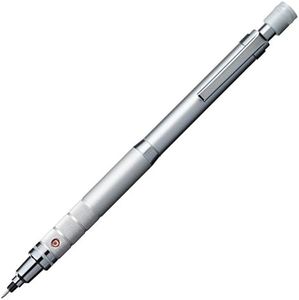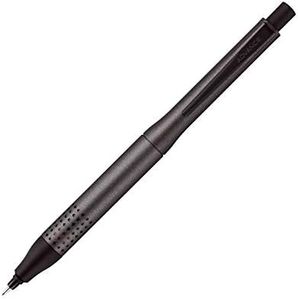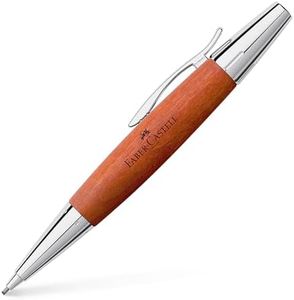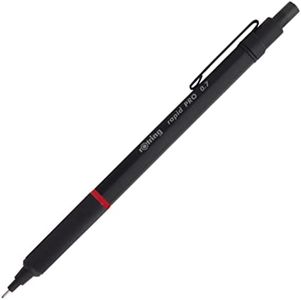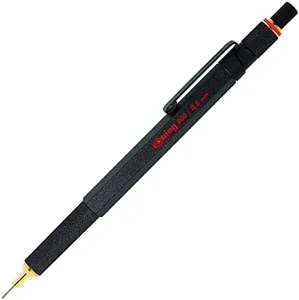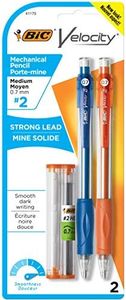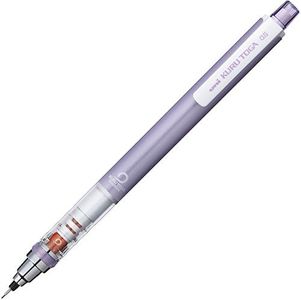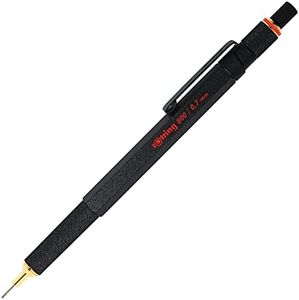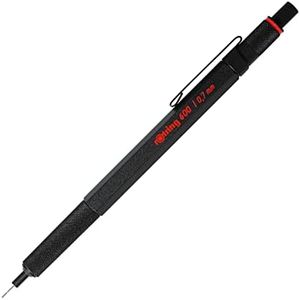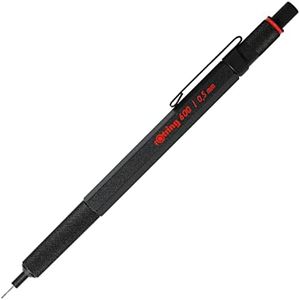We Use CookiesWe use cookies to enhance the security, performance,
functionality and for analytical and promotional activities. By continuing to browse this site you
are agreeing to our privacy policy
10 Best Mechanical Pencils
From leading brands and best sellers available on the web.By clicking on a link to a third party's website, log data is shared with that third party.
Buying Guide for the Best Mechanical Pencils
Choosing the right mechanical pencil can really make a difference in your comfort and accuracy whether you’re writing, sketching, or doing technical work. There are several important features to consider that can influence your day-to-day experience, so understanding these specs will help you find a pencil that matches your needs and preferences.Lead SizeLead size refers to the diameter of the graphite inside the pencil, most commonly measured in millimeters such as 0.3mm, 0.5mm, 0.7mm, or 0.9mm. This is important because it affects both the sharpness of your lines and the breakage resistance. Finer leads like 0.3mm and 0.5mm produce more precise, crisp lines, making them excellent for detailed technical drawings or neat handwriting, but they can break easily under pressure. Thicker leads like 0.7mm or 0.9mm are sturdier and give broader, darker lines, which are useful for sketching, filling areas, or for those who write with a heavier hand. To choose the right lead size, think about what you mainly use the pencil for; go for thinner leads for precision work and thicker leads for general writing or sketching.
Grip TypeGrip type refers to the material and shape of the area where you hold the pencil. Grips can be hard plastic, soft rubber, or feature ergonomic designs to help reduce fatigue. This matters because a comfortable grip allows you to write or draw for longer periods without discomfort. Hard grips are more durable and slim, which can be great for those who prefer minimal bulk, while soft rubber or contoured grips add comfort and are better for longer sessions, but can sometimes wear down over time. Think about how long you usually use your pencil and if your hand tends to get tired; this will help you decide which grip feels best for your needs.
Lead Advance MechanismThis is how the pencil pushes more lead forward when needed, with options like push-button, twist, or even shaker (where you shake the pencil to advance the lead). The mechanism matters because it affects convenience and ease of use. Push-button is the classic and most straightforward, twist mechanisms allow for finer control, and shaker mechanisms enable quick advancement—handy if you write fast. If you like traditional and reliable, stick with push-button. If you want something faster or slightly fun to use, explore mechanisms like shake or twist.
Barrel Material and WeightBarrel material can be plastic, metal, or a combination, and this directly affects the weight and feel of the pencil. Lightweight plastic is ideal for younger users or those who prefer a barely-there feel, while metal makes for a more solid and balanced hand-feel, sometimes lending a premium touch. Heavy pencils can feel more stable and controlled, but if you often write for extended periods, a lighter model might be easier on your hand. Consider how weight and touch feel in your hand and choose accordingly.
Eraser Size and ReplaceabilityMechanical pencils usually feature built-in erasers, but these can vary in both size and whether you can replace them when worn out. A larger eraser is convenient if you tend to make corrections frequently, whereas a small or non-replaceable eraser might not be as practical for extensive work. If you rely on your pencil's eraser a lot, look for one with a larger or replaceable eraser, but if you usually use a separate eraser, this detail might not matter as much for you.
Clip DesignA clip on a mechanical pencil helps you secure it to notebooks, pockets, or pen cases. The strength and durability of the clip can change how portable or convenient the pencil is to carry around. Strong metal clips are best for people who move with their pencil often, while a simple plastic one might suffice for desktop use. Consider your daily routine—how much you travel with your pencil and whether you like attaching it to your belongings.
